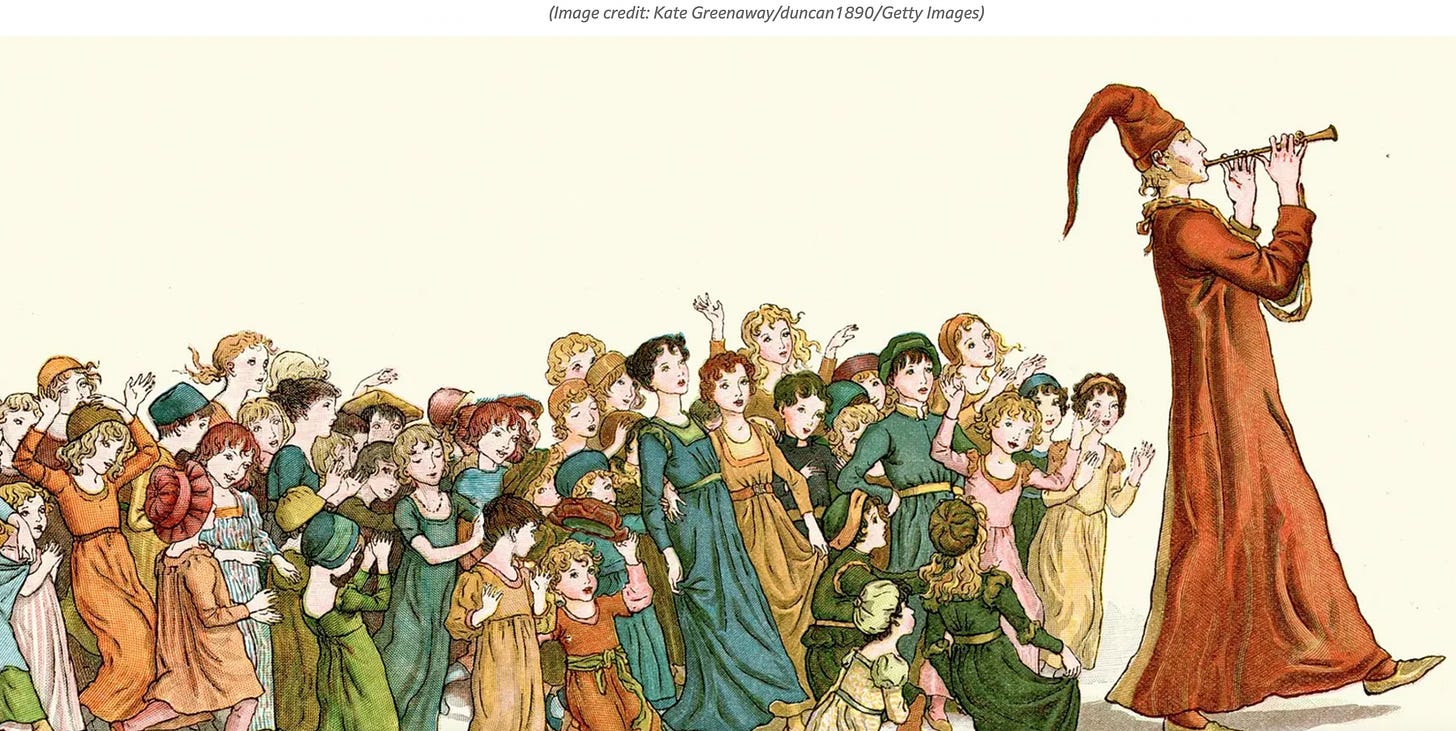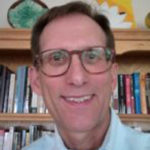BY ANISH KOKA


One of the hallmarks of the last two years has been the distance that frequently exists between published research and reality. I’m a cardiologist, and the first disconnect that became glaringly obvious very quickly was the impact COVID was having on the heart. As I walked through COVID rooms in the Spring of 2020 trying to hold my breath, I waited for a COVID cardiac tsunami. After all social media had been full of videos from Wuhan and Iran of people suddenly dropping in the streets. My hyperventilating colleagues made me hyperventilate. Could it be that Sars-COV2 had some predilection for heart damage?
Happily, I was destined for disappointment. There never was a cardiac tsunami from COVID.
There were, unhappily, lots of severely ill patients with lungs that were whited out who quickly developed multi-organ dysfunction while hospitalized. The lungs were where almost all the action was. Every other organ got hit hard because of the systemic illness that unfortunately often is a downstream result of a severe respiratory illness. Cardiac Cath labs waiting for some major influx of COVID heart damage not only didn’t see patients presenting with COVID heart attacks, but they idled as patients terrified of coming to the hospital stayed home rather than come to the hospital with chest pain. (Public health messaging about COVID appears to have kept people away from hospitals, and autopsy series of deaths during the pandemic found that reduced access to health care systems (for conditions such as myocardial infarction) was further likely to be identified as a contributory factor to death than undiagnosed COVID-19).
So imagine my surprise when I saw peer-reviewed research based on a cardiac MRI study come out in 2020 suggesting that 78% of patients who survived COVID may have significant heart damage. A more detailed read of the paper, of course, threw up massive problems. The article and authors were more suited as writers for Oprah and Dr. Phil than for a well-respected academic journal. But the damage was done, and the notion that COVID was attacking hearts spread via a social media influencer class that should have had the credentials and smarts to know better, but clearly didn’t.
Continue reading…












